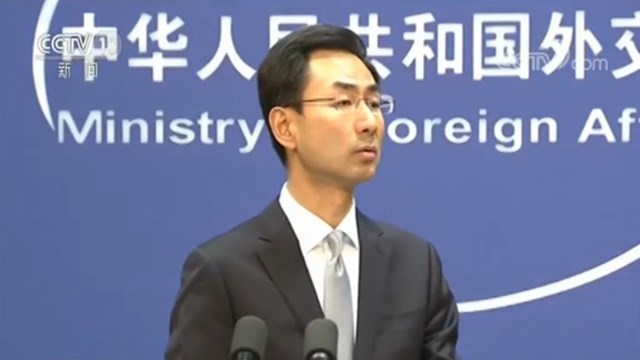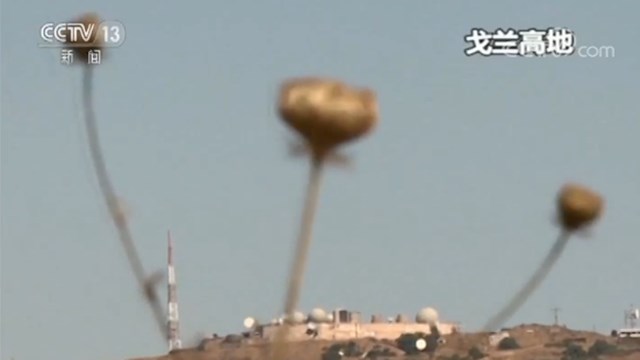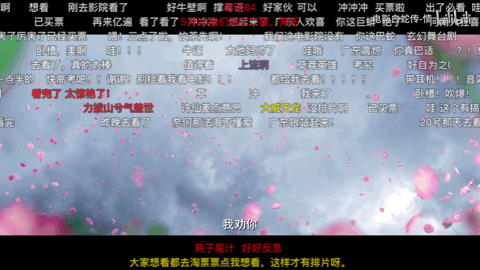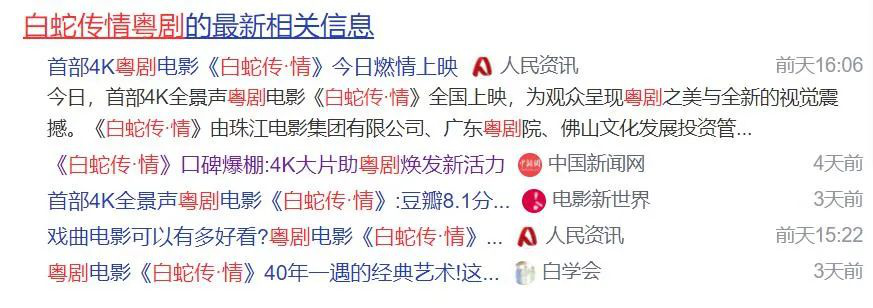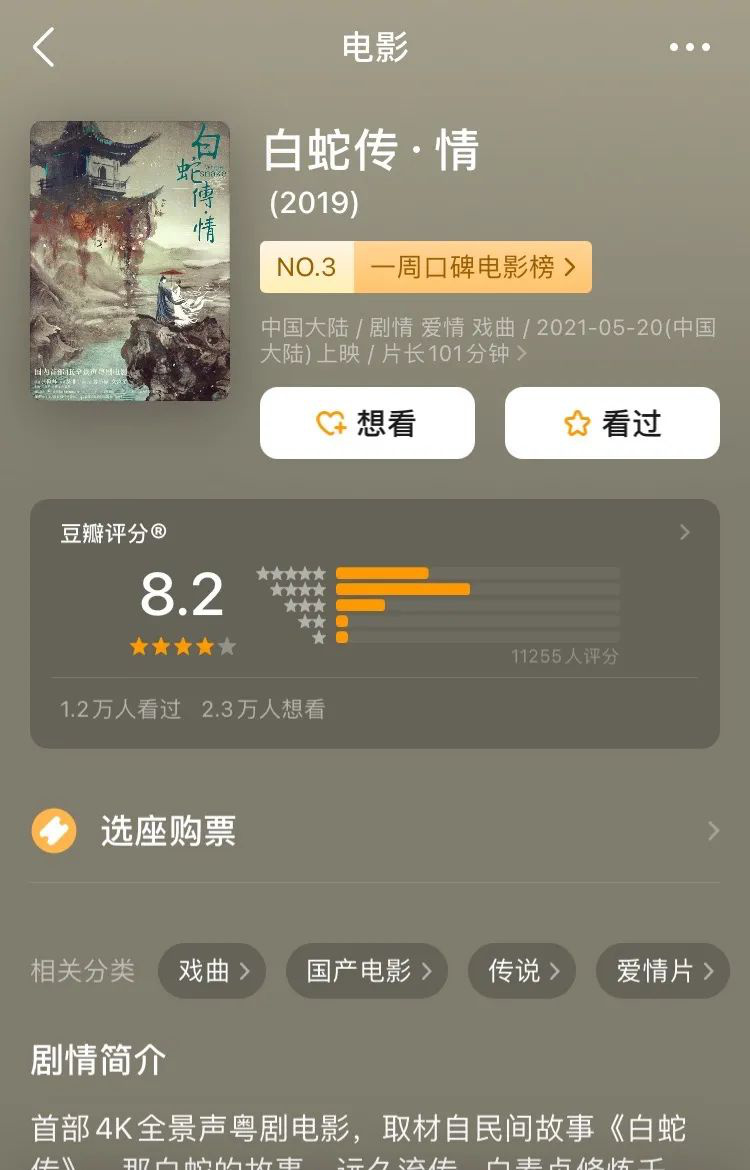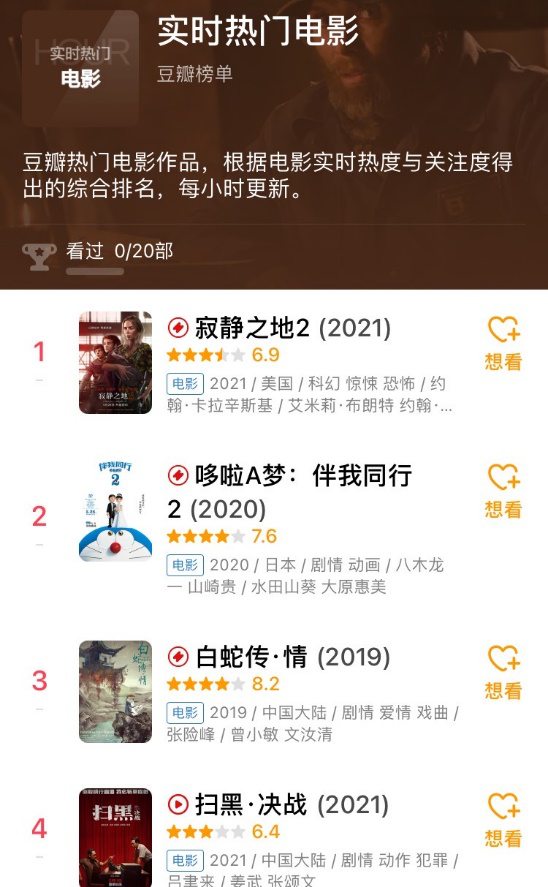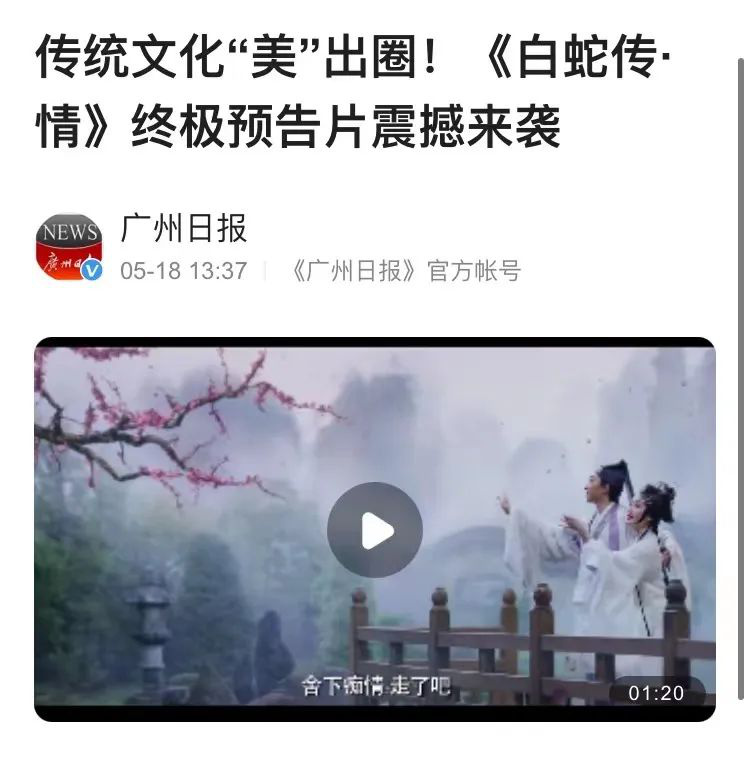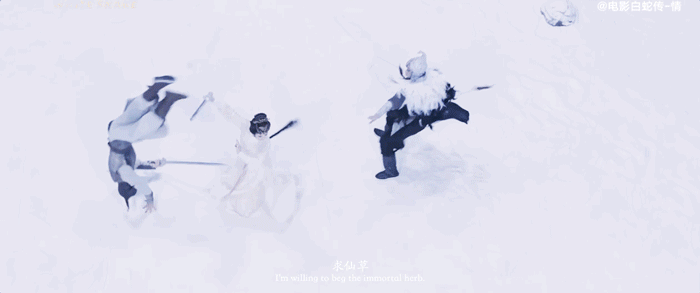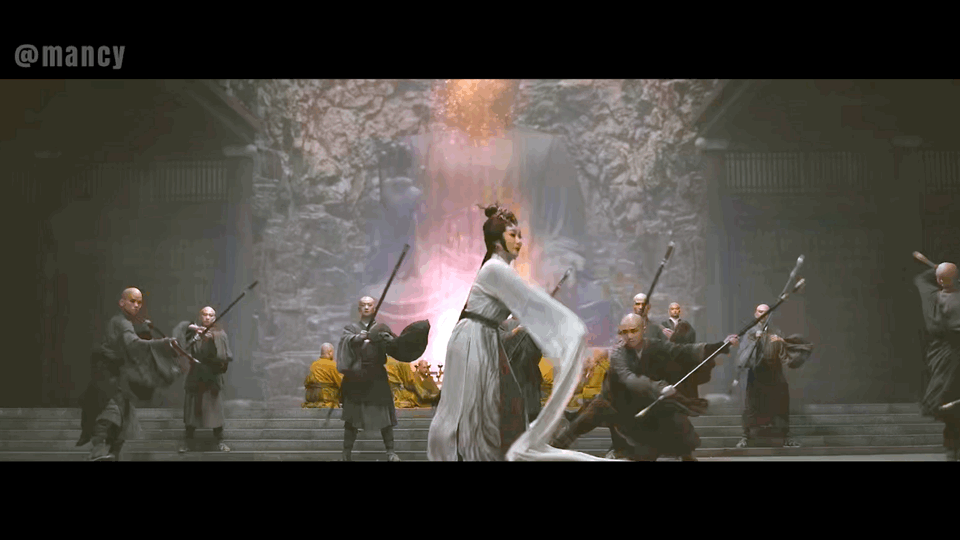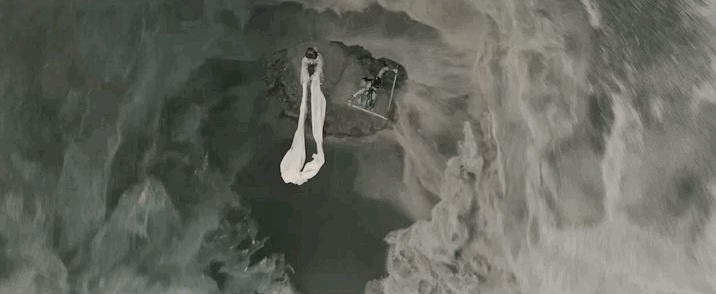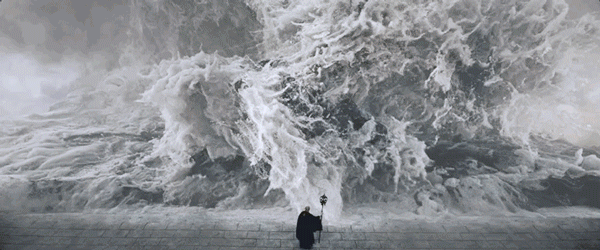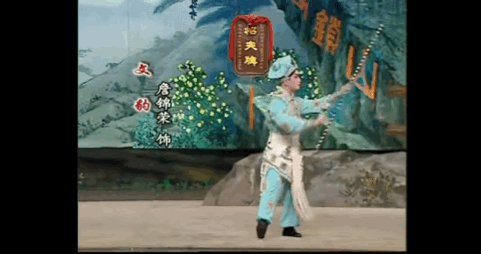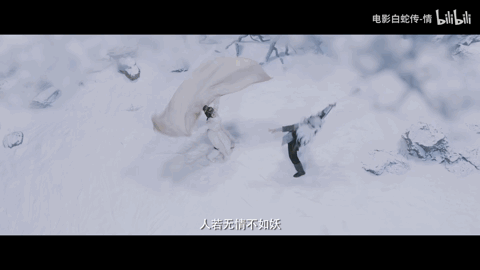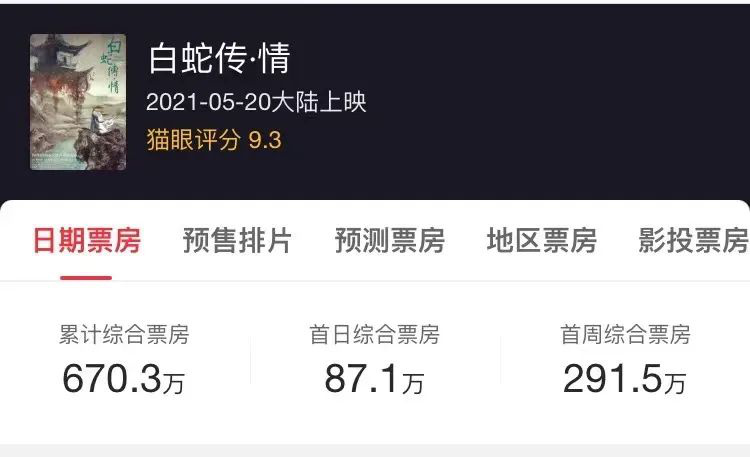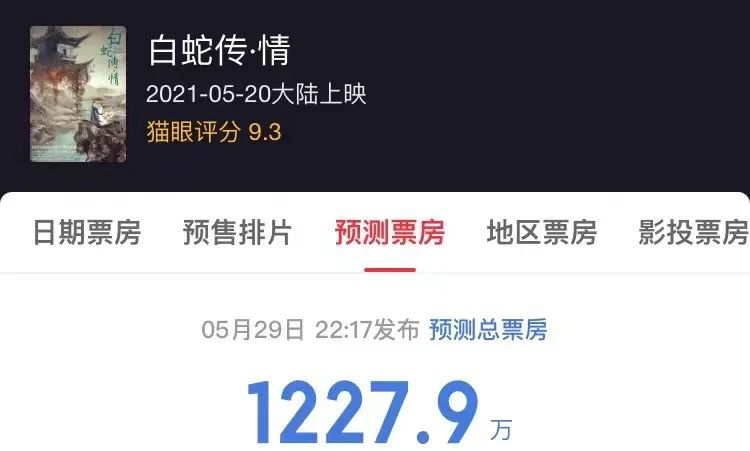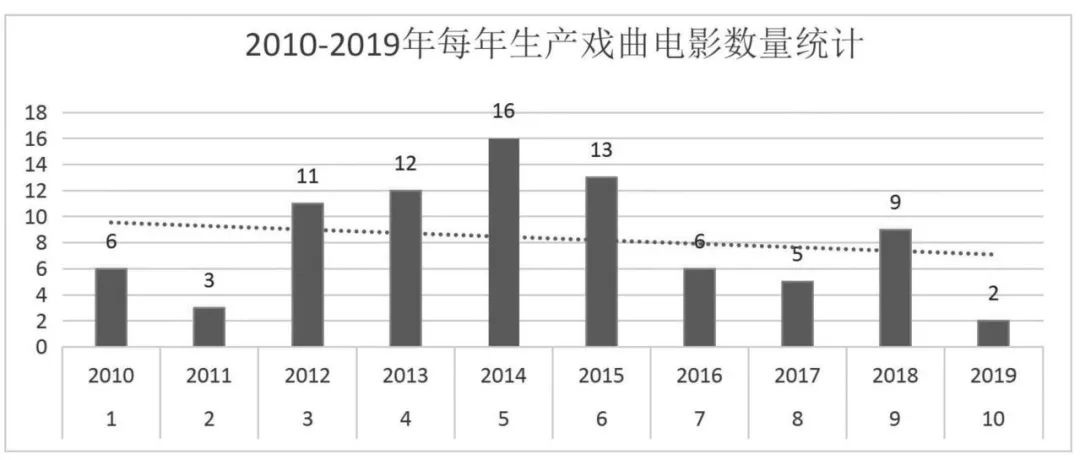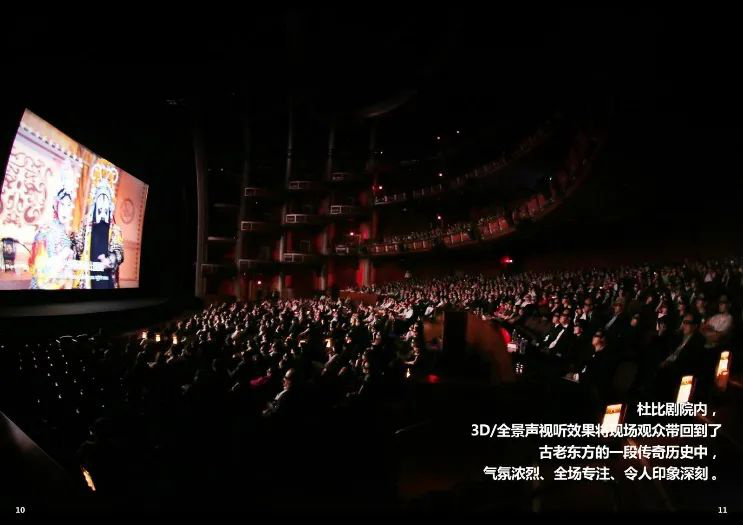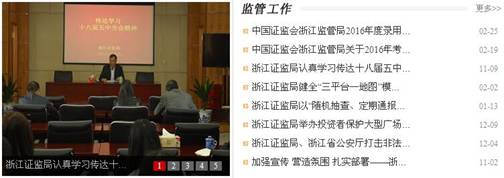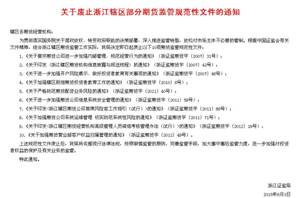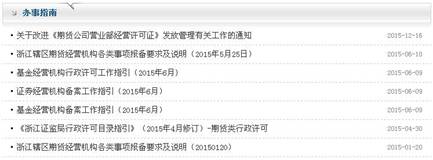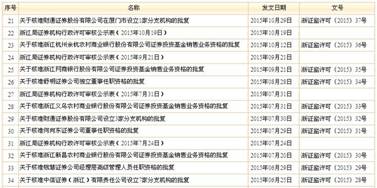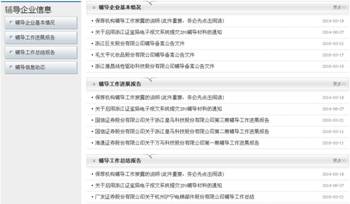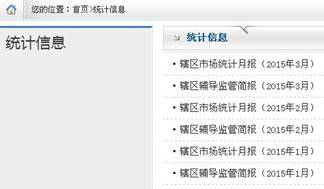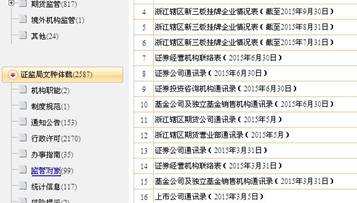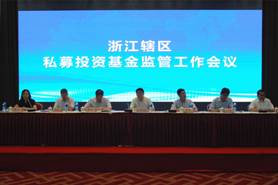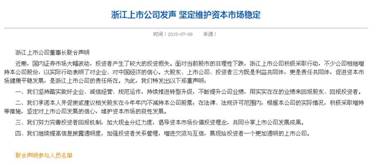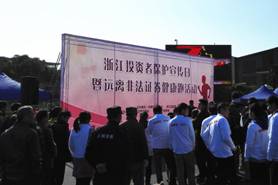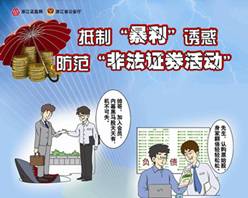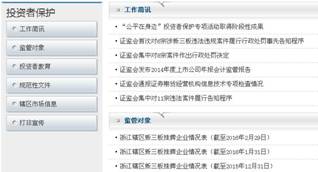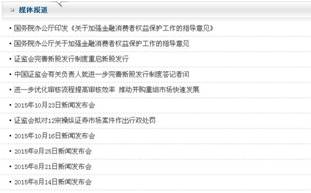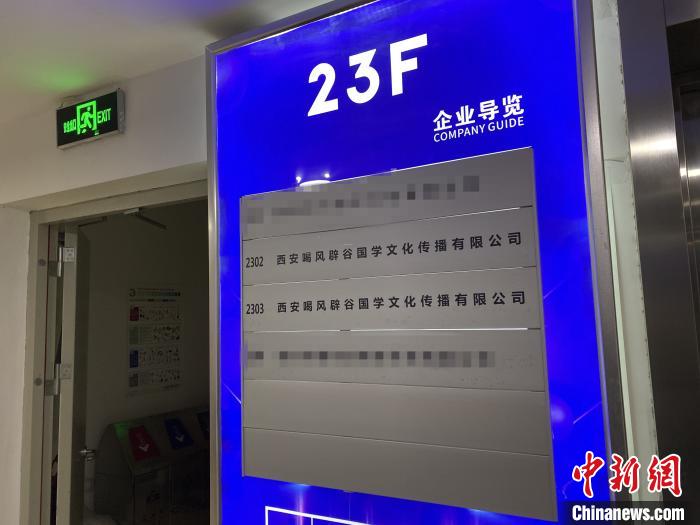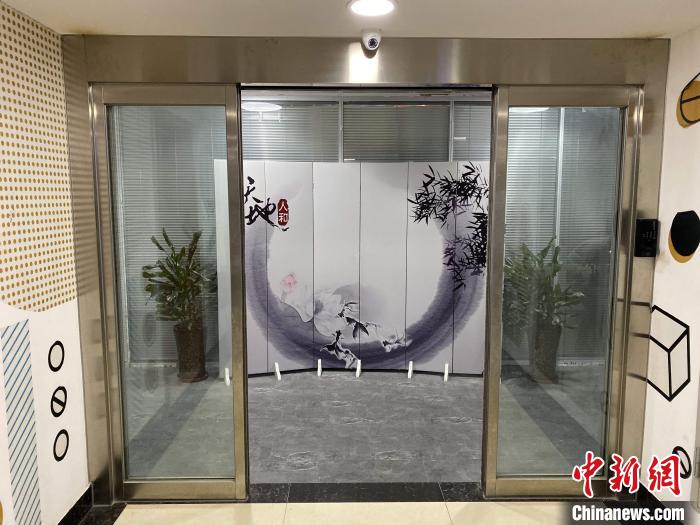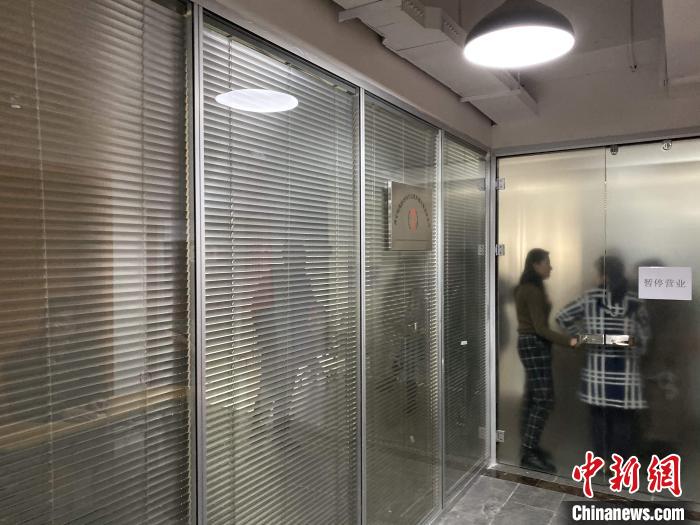Wuhai Radio and Television Station "Love Help Group" Helps Rural Revitalization
On June 2, 2021, the Party Group of Wuhai Radio and Television Station initiated the "I’m party member, I’ll help you do practical things for the people", calling on all employees in Taiwan to give full play to the advantages of mainstream media, make good use of radio, television, new media and other platforms, deepen and expand practical channels for the people, and do practical things well. Over the past six months, it has achieved remarkable results and achieved good social repercussions. The relevant situation is summarized as follows:
First, standardize the operation team cooperation
As soon as this activity was launched, it received a positive response from the employees in party member. Seven party member people who are enthusiastic about public welfare joined the volunteer service team of "Doing Practical Things for the People" and contributed their own strength. On June 2, 2021, the volunteer service team applied for a WeChat group of "Doing practical things for the people"-"Love Help Group Volunteer Service Group". At present, the group has 149 people. On the same day, the volunteer service team immediately contacted the party branch of the agricultural area and reached a cooperation intention.
According to the relevant requirements of the study and education of Party history, our station has formulated an implementation plan for doing practical things for the people. Every year, every party member promises to accomplish one practical thing and effectively solve the most concerned, direct and realistic interests of the masses. In this regard, the masses in party member responded positively. When interviewing in rural areas, if there is a problem that there is no market for growers, the reporters will immediately contact the volunteer service team and give them help. In addition, if residents in rural areas encounter natural disasters, our employees should give help at the first time, do a good job in publicity, and call on the whole society to form a joint force to help solve the problem and tide over the difficulties.
On June 3, 2021, when interviewed by the reporter of our city life channel in Tuanjie New Village, I learned that the sales of more than 10,000 kilograms of Provence tomatoes by the grower Zhang Hulin were not smooth, and immediately contacted the "Love Help Group". After understanding the situation, the "Love Help Group" volunteer service team released relevant information in the "Love Help Group Volunteer Service Group" as soon as possible, and organized everyone to actively buy it. On the same day, he helped Zhang Hulin sell nearly 500 kilograms of tomatoes.
Subsequently, the "People’s Help Group" in the column "Into the People" went into Tuanjie New Village to understand the sales situation of growers and called on the society to pay attention. After the broadcast of the program, the response was very good. More and more people went to Tuanjie New Village for tourism and picking during holidays, which promoted rural tourism and increased the income of growers.
Second, lay a solid foundation for poverty alleviation and increase the income of poverty-stricken households
In 2020, China won a comprehensive victory in the fight against poverty, and the residents in rural areas lived a well-off life, and rural revitalization gradually unfolded a new picture. As a news media, it has the obligation and responsibility to always pay attention to the construction and development of rural areas and the living conditions of the people. Therefore, the poverty-stricken households in the third district are also the targets of our "love help group".
The "Love Help Group" established contact with the Party branch of Tuanjie New Village at the beginning of its establishment. One of the reasons for the poor sales of vegetables by growers is that they can’t deliver them. Therefore, the "Love Help Group" established a cooperative relationship with the vegetable distribution center of the village to help farmers in the village, especially Han Shenghai and Gao Guixing, who are out of poverty, sell their vegetables and livestock.
In mid-July, 2021, the peaches planted by Zhao Xiulian, a poverty-stricken household in Hainan District, could not be sold. After we learned the situation, we immediately organized employees in party member to actively buy them. In the morning, we bought more than 300 kilograms of peaches. Considering that Zhao Xiulian’s family is short of hands, our station organized staff to help Zhao Xiulian pick peaches, box them, and pull them back with their own carts, which also solved her transportation problems.
An aunt in Tuanjie New Village, whose son is mentally disabled, works on the construction site while planting several acres of corn. After learning about her situation, our station decided to help her, and bought her corn in batches for many times, helping her sell more than 1000 pieces of corn in total, with a total value of nearly 3000 yuan.
Third, expand publicity to form a joint force
On the road of helping rural revitalization, the "Love Help Group" also uses its own advantages to do a good job in public opinion propaganda and expand social influence, so that all forces can form a joint force to help rural construction.
After the Mid-Autumn Festival in 2021, Master Wu, a villager from Hongliutan, Qianlishan Town, found a reporter from our Tairong Media Center and said that the 120-acre watermelon he planted was delayed due to the temperature. At present, nearly 500,000 kilograms of watermelon are unsalable. I hope the media can help. The reporter of our Tairong Media Center immediately contacted the relevant personnel of the "Love Help Group", and the volunteer service team immediately released information in the group, and helped Master Wu sell more than 1,000 kilograms of watermelons that day. Subsequently, our reporters from Taiwan Media, together with the new media anchor and online celebrity from Wuhai, went to the scene to cover and report for the first time, and released the news in time on public platforms such as WeChat platform, Tik Tok number and video number, which attracted the attention of all walks of life. Many units and enterprises have contacted our station and are willing to help Master Wu tide over the difficulties. If one side is in trouble, all sides will support it. Master Wu sold more than 200,000 Jin of watermelons in a few days. Master Wu is also very grateful to all walks of life and Wuhai Radio and Television for their great help, so that his hard work this year has not been wasted.
In the daily assistance activities, the "Love Help Group" will also take joint action with the "People Help Group" of "Walking into the People", and at the same time carry out assistance activities and do a good job in publicity to help the residents in rural areas further open up sales. For example, when helping Zhao Xiulian pick peaches, a reporter from the "People’s Help Group" went to the scene to report and called on all sectors of society to pick peaches. Go to Zhang Hulin’s home, a grower in Tuanjie New Village, and report the sales of his persimmons, hoping that the society will give help and support to the residents in rural areas.
Fourth, the branch is jointly driven by party member.
The "Love Gang Group" also used the theme party day activities to go deep into the grassroots and unite with the party branches in agricultural areas to open the theme party day in agricultural areas and in the fields. Listen to the difficulties of rural residents and solve their problems.
On August 24th, 2021, party member from our Urban Life Channel walked into Tuanjie New Village and held an interesting and meaningful Party Day activity with the Party branch of the village. Party member, our station, met party member from Tuanjie New Village face to face to understand the problems existing in the construction of agricultural areas and the problems that farmers need to solve in time. When they learned that the poverty-stricken household Gao Guixing was busy planting tomato seedlings in the past two days, but they were short of manpower, party member of Urban Life Channel immediately went into Laogao’s shed to help plant the seedlings. Dig a hole, plant seedlings and cultivate the soil-party member people are scrambling for fear that they will do less. Looking at these party member people who are not afraid of being dirty and tired, they are really happy to have work to do. "I am really grateful to the party member of the TV station. It took me three days to finish the work. You finished it in an hour. Without your help, these persimmon seedlings not only delayed their growth, but also affected their output." Lao Gao said with joy. Seeing Lao Gao’s frowning brows, party member also said that we will help him sell the persimmons when they are ripe.
Five, support local enterprises to develop characteristic industries
Many enterprises in our city belong to agriculture-related enterprises, such as Yunfei Grape, Field Picking, Sunshine Tianyu, etc. While actively developing local characteristic industries, they also help some rural residents solve the employment problem. Therefore, the "love help group" also gives these agriculture-related enterprises attention and concern.
Fruit purple ecological agriculture in Uda District is a newly established agricultural company in recent two years. The quality of agricultural products such as vegetables and fruits is very good, keeping pace with the development of the times, but few people know it. After the establishment of "Love Help Group", it paid attention to it and helped the company to sell watermelon, cantaloupe, persimmon, sweet potato, fig and other agricultural products in the summer and autumn of 2021, with a total value of nearly 4,000 yuan.
Yuhao Vineyard in Uda District was established by a young white-collar couple who quit their jobs and returned home to start a business. On the eve of the National Day in 2021, our station helped it sell more than 1,000 kilograms of grapes, with a total value of more than 10,000 yuan.
In August of 2021, affected by the epidemic, some agricultural companies, food processing enterprises, animal husbandry enterprises and some growers in our city experienced slow sales, and the Agriculture and Animal Husbandry Bureau contacted the "Love Help Group". The volunteer service team immediately contacted the third district and helped a grower in Uda District to sell more than 1,000 kilograms of watermelon and cantaloupe and 40 boxes of figs in just a few days, with a sales amount of nearly 2,000 yuan. Help another farmer sell nearly 200 Jin of grapes, and the sales amount is nearly 2000 yuan. Help individual enterprises and farmers sell vegetables, fruits, flour, eggs and food, totaling nearly 10 thousand yuan.
Usually, in addition to helping activities, the "Love Help Group" will also release the information of tourist attractions in the three districts, picking hotlines, road maps, etc. Every holiday, and the employees of our unit will also respond positively, taking their families and children to visit the countryside and taste delicious food, which will also contribute a little to the income increase of tourist attractions and farmers.
Although the strength of the "caring group" is small, we also hope to help the development of Wuhai enterprises and make Wuhai’s characteristic industries bigger and stronger through our own capabilities.

